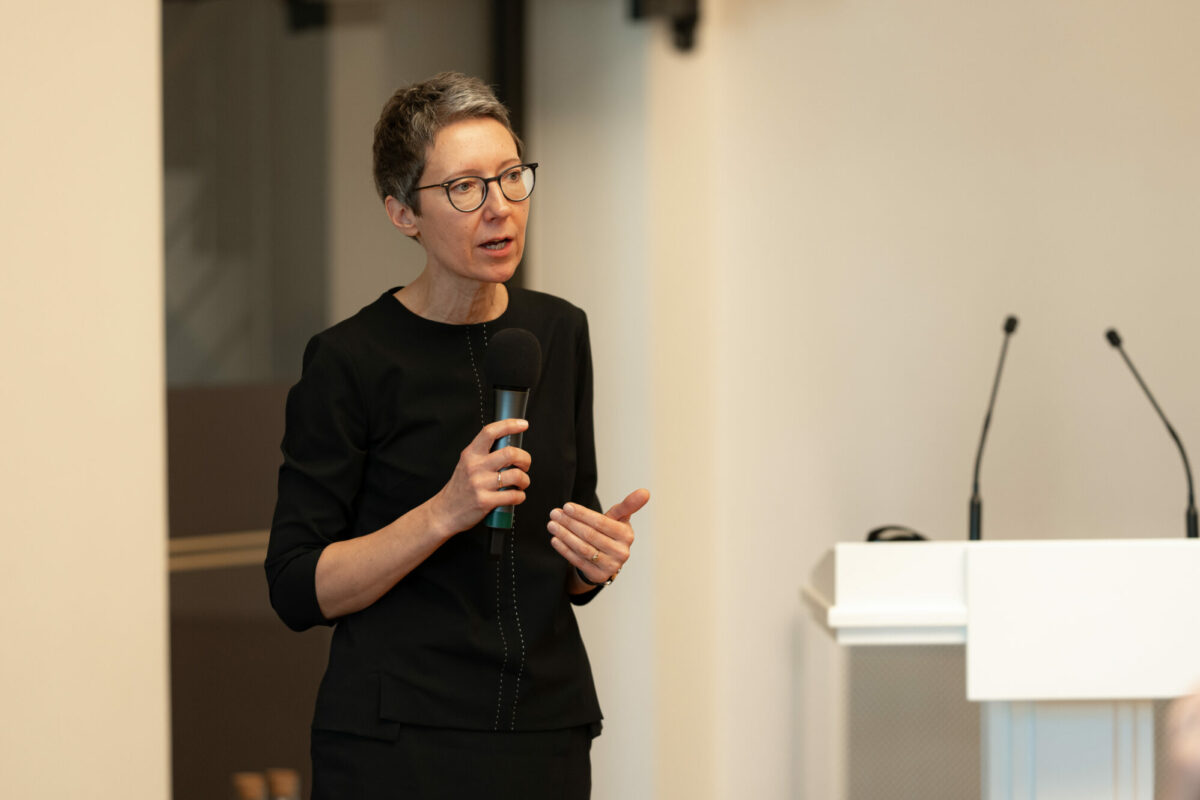
Digital public services in Lithuania are well-developed and well ahead of the EU average, according to the European Commission’s first Digital Decade report. However, while significant progress has been made, Lithuania’s performance in terms of people’s use of the internet and, in particular, people’s digital skills, remains below the EU average.
‘It is clear that much more needs to be done to achieve the connectivity goals of the Digital Decade,” emphasises Jūratė Šovienė, Chair of the Communications Regulatory Authority (CRA).
Currently, 78% of households in Lithuania have access to fibre-optic networks, which are crucial for gigabit connectivity, compared to the EU average of 56%. We have 90% 5G coverage, ahead of the EU average of 81%.
“Unfortunately, the deployment of high-speed 5G networks is lagging behind, with 10.8% of households still not having access to broadband internet network services, and as many as 31.6% of households in rural areas do not have access to broadband internet network services,” reveals J. Šovienė.
Weaknesses – digital skills of users
Lithuania lags behind the EU average in terms of the number of users accessing high-speed internet services. In particular, there is a significant gap when comparing the number of Lithuanian users using 1 Gbps internet access services: 1.7% of households in Lithuania, 13.8% in the EU. More than half of Lithuanians aged 16-74 do not have at least basic digital skills.
“The European Commission recommends that Lithuania increase its efforts to develop electronic communications networks, in particular gigabit connectivity (fibre-optic networks) to the users in rural areas, using EU funds. It also calls for measures to promote high-speed connectivity, a significant increase in digital skills efforts, investment in formal education and training, and the retraining of those who are already in the labour market,” explains the Chair of the CRA.
The CRA, for its part, ensures that the country’s limited resources, radio frequencies, are used efficiently to expand high-speed mobile internet access networks. For example, the allocation of the 1.4 GHz and 26 GHz bands, and the development of satellite communications technologies is planned.
“As well as ensuring effective regulation, it is important for us to facilitate the development of ultra-high speed networks and services. We are currently carrying out a geographic study of broadband networks to identify areas where additional investment is needed to enable households to connect to ultra-high speed networks. We are also involved in discussing and designing measures to make it easier to build ultra-high speed networks. The tools we have developed enable users to assess the availability and quality of broadband services themselves”, says J. Šovienė, under whose leadership the CRA also focuses on user education.
On 30 October, the CRA will present its latest project, which is under the patronage of the President of the Republic of Lithuania Gitanas Nausėda. Doreen Bogdan-Martin, head of the International Telecommunication Union, will also participate in the presentation.
“Our experts are committed to visiting communities across Lithuania for several years to develop seniors’ digital competences. We will strive to ensure that more and more of our citizens are aware of their rights as users of electronic communications services and use them, that they learn how to use e-signatures and use them to receive services conveniently and quickly, also we will focus on safe behaviour on the Internet, and on learning how to identify online scammers,” said J. Šovienė.
Updated on 2024-03-15